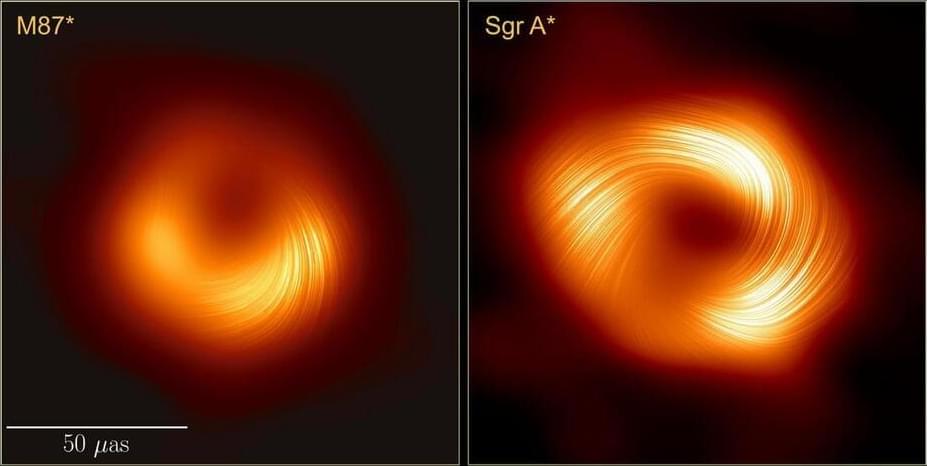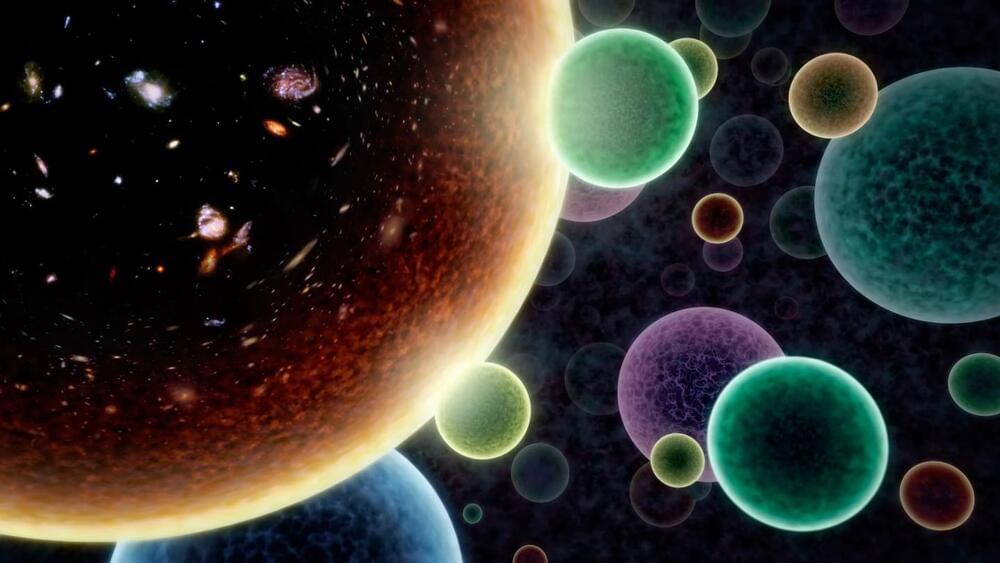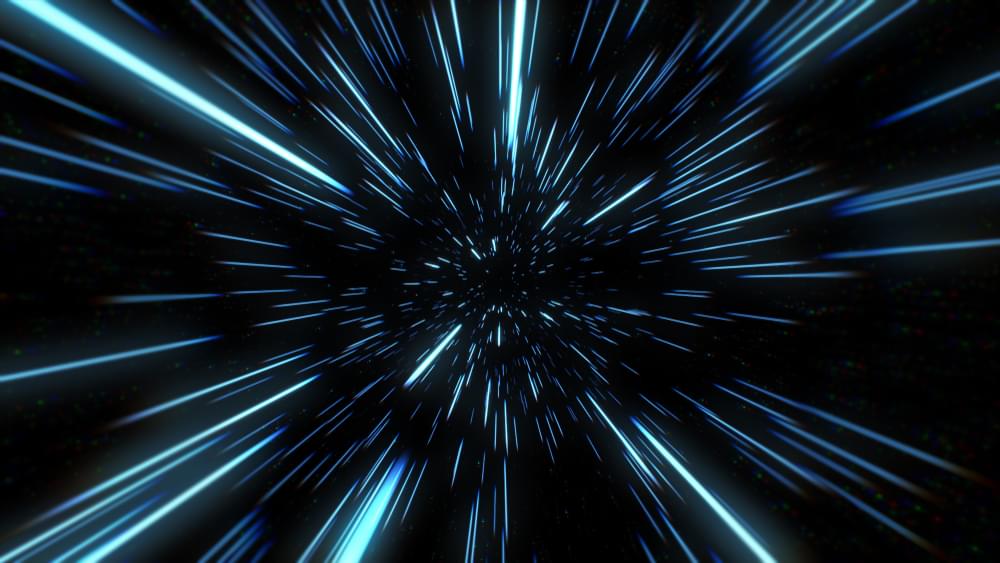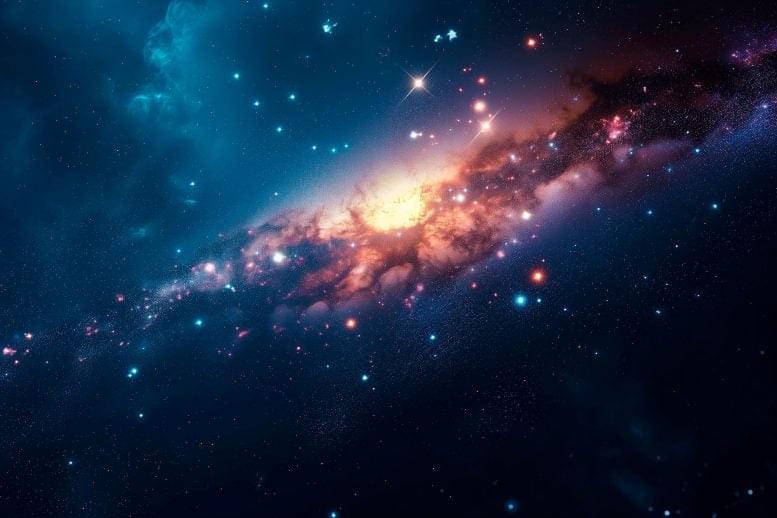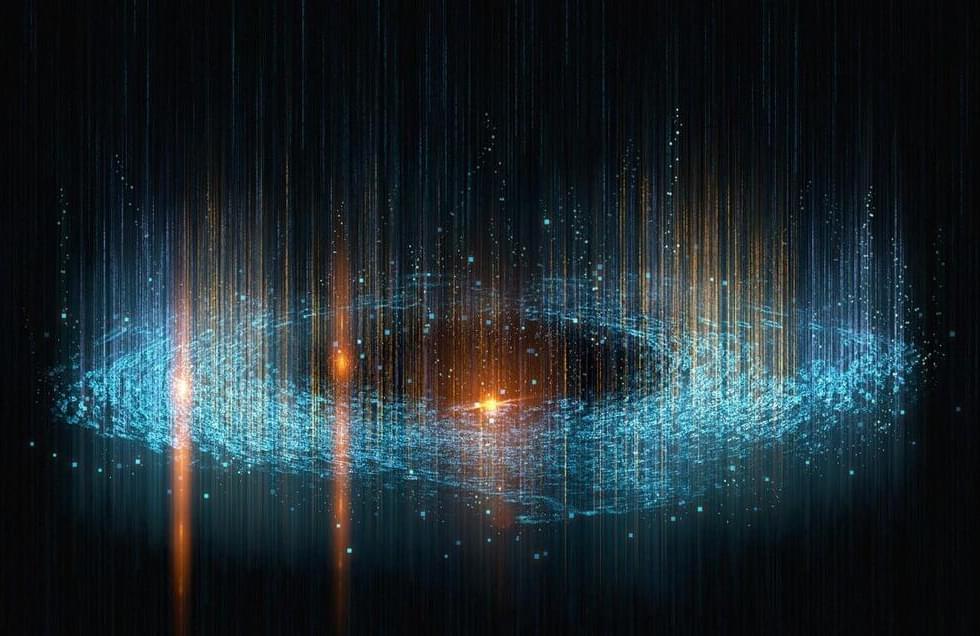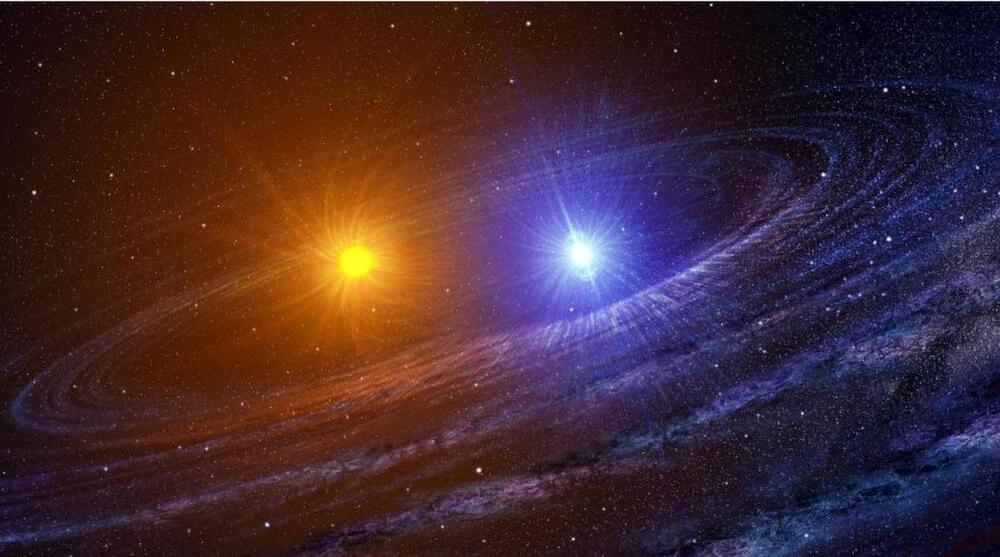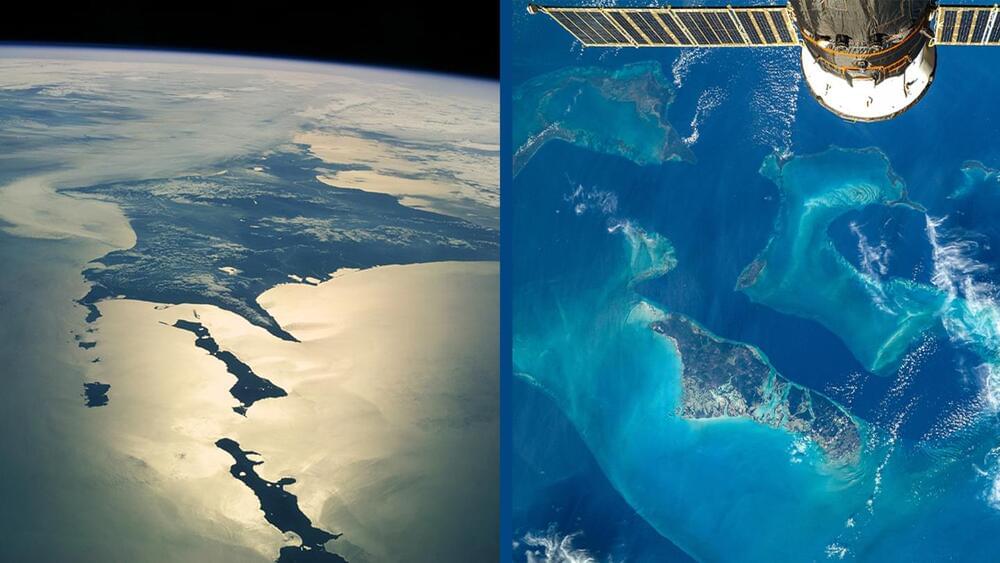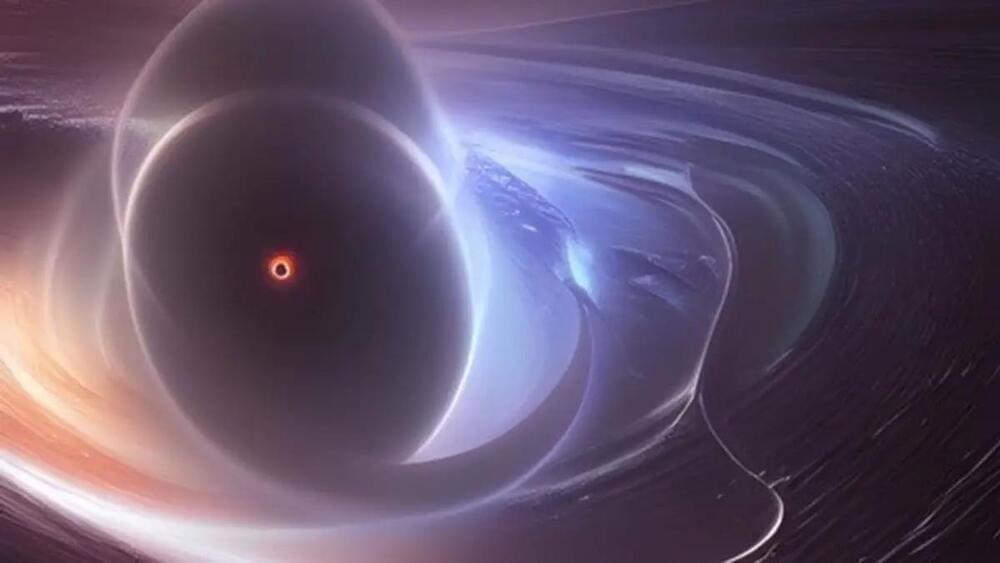Apr 1, 2024
Astrophysicist’s Research could provide a Hint in the Search for Dark Matter
Posted by Shubham Ghosh Roy in category: cosmology
Dark matter is one of science’s greatest mysteries. It doesn’t absorb, reflect or emit light, so we can’t see it. But its presence is implied by the gravitational effects it appears to have on galaxies.
Although dark matter makes up about 85% of the cosmos, scientists know very little about its fundamental nature.
Theories abound, and research by Clemson University postdoctoral fellow Alex McDaniel provides some of the most stringent constraints on the nature of dark matter yet. His research also reveals a small hint of a signal that if real, could be confirmed sometime in the next decade or so.

